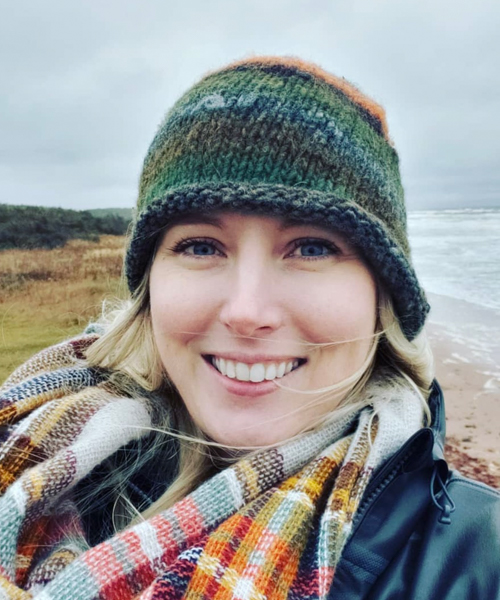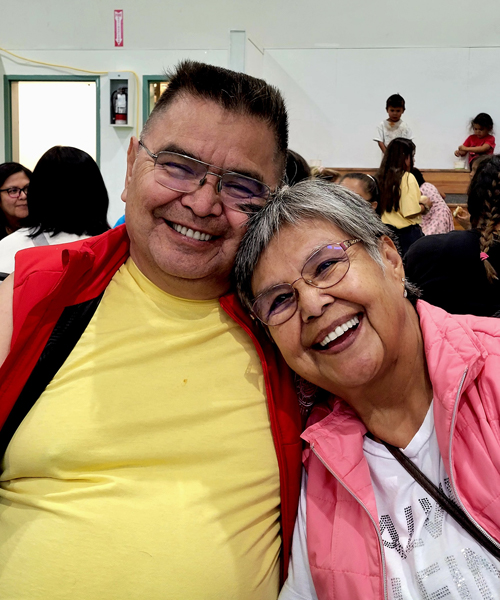[cs_content][cs_section bg_image=”https://docmedia.ca/imawg/wp/wp-content/uploads/2017/03/reflection-header.jpg” parallax=”false” style=”margin: 0px;padding: 60px 00px 60px 0px;”][cs_row inner_container=”true” marginless_columns=”false” style=”margin: 0px auto;padding: 0px;”][cs_column fade=”false” fade_animation=”in” fade_animation_offset=”45px” fade_duration=”750″ type=”1/1″ style=”padding: 0px;”][x_custom_headline level=”h2″ looks_like=”h2″ accent=”false” class=”cs-ta-left” style=”color: hsl(0, 0%, 100%);”]OVERVIEW[/x_custom_headline][/cs_column][/cs_row][/cs_section][cs_section parallax=”false” style=”margin: 0px;padding: 45px 0px 0px;”][cs_row inner_container=”true” marginless_columns=”false” style=”margin: 0px auto;padding: 0px;”][cs_column fade=”false” fade_animation=”in” fade_animation_offset=”45px” fade_duration=”750″ type=”1/2″ style=”padding: 0px;”][x_custom_headline level=”h2″ looks_like=”h3″ accent=”true” class=”cs-ta-left”]WHO IS IMAWG?[/x_custom_headline][x_gap size=”50px”][cs_text]The Island Marine Aquatic Working Group (IMAWG) is made up of First Nations members chosen through a Tier One process, representing the three language areas on Vancouver Island: Coast Salish, Nuu-chah-nulth and Kwakwaka’wakw. These areas encompass all First Nations on Vancouver Island, the adjacent mainland and Central Coast (up to and including Kitasoo).
Its purpose is to facilitate a Tier One forum for Island and marine approach area First Nations to share information in preparation for Tier Two, bilateral discussions in all broad fisheries matters of concern. IMAWG consists of a Board of Directors, Executive Officers (Chair / President, Vice-chair, and Secretary-Treasurer), and a Committee. This also includes a contracted Coordinator and Biologist who report to the Board of Directors.[/cs_text][/cs_column][cs_column fade=”false” fade_animation=”in” fade_animation_offset=”45px” fade_duration=”750″ type=”1/2″ style=”padding: 0px;”][x_image type=”thumbnail” src=”https://docmedia.ca/imawg/wp/wp-content/uploads/2017/03/overview_language_map.jpg” alt=”” link=”false” href=”#” title=”” target=”” info=”none” info_place=”top” info_trigger=”hover” info_content=””][/cs_column][/cs_row][/cs_section][cs_section parallax=”false” style=”margin: 0px;padding: 0px;”][cs_row inner_container=”true” marginless_columns=”false” style=”margin: 0px auto;padding: 0px;”][cs_column fade=”false” fade_animation=”in” fade_animation_offset=”45px” fade_duration=”750″ type=”1/1″ style=”padding: 0px;”][x_custom_headline level=”h2″ looks_like=”h3″ accent=”true”]WHAT DOES IMAWG DO?[/x_custom_headline][x_gap size=”50px”][cs_text]IMAWG is responsible for delivering a number of activities currently under the terms of both a Aboriginal Aquatic Resource and Oceans Management (AAROM) Collaborative Management and a Pacific Integrated Commercial Fisheries Initiative (PICFI) Agreement.
The activities are carried out to:[/cs_text][/cs_column][/cs_row][/cs_section][cs_section parallax=”false” style=”margin: 0px px 0px 0px;padding: 0px 0px 45px;”][cs_row inner_container=”true” marginless_columns=”false” style=”margin: 0px auto;padding: 0px;”][cs_column fade=”false” fade_animation=”in” fade_animation_offset=”45px” fade_duration=”750″ type=”1/2″ style=”padding: 0px;”][cs_icon_list][cs_icon_list_item title=”Assist Island and marine approach area First Nations in their communications with Fraser Watershed and North Coast First Nations on fisheries issues. Includes all marine species, as well as Fraser Salmon.” type=”check-circle-o” icon_color=”hsl(220, 59%, 60%)” link_enabled=”false” link_url=”#” link_new_tab=”false”]Assist Island and marine approach area First Nations in their communications with Fraser Watershed and North Coast First Nations on fisheries issues. Includes all marine species, as well as Fraser Salmon.[/cs_icon_list_item][cs_icon_list_item title=”Assist Island and marine approach area First Nations to communicate among themselves, and develop positions and initiatives in regard to fisheries issues.” type=”check-circle-o” icon_color=”hsl(220, 59%, 60%)” link_enabled=”false” link_url=”#” link_new_tab=”false”]Assist Island and marine approach area First Nations to communicate among themselves, and develop positions and initiatives in regard to fisheries issues.[/cs_icon_list_item][/cs_icon_list][/cs_column][cs_column fade=”false” fade_animation=”in” fade_animation_offset=”45px” fade_duration=”750″ type=”1/2″ style=”padding: 0px;”][cs_icon_list][cs_icon_list_item title=”Assist Island and marine approach First Nations in understanding and interpreting information provided to them by Fisheries and Oceans Canada (DFO), particularly through the development of First Nations technical support.” type=”check-circle-o” icon_color=”hsl(220, 59%, 60%)” link_enabled=”false” link_url=”#” link_new_tab=”false”]Assist Island and marine approach First Nations in understanding and interpreting information provided to them by Fisheries and Oceans Canada (DFO), particularly through the development of First Nations technical support.[/cs_icon_list_item][cs_icon_list_item title=”Assist DFO in its communications with Island and marine approach First Nations on fisheries issues through distribution of information, and by participating in agenda creation and helping to organize Tier Two meetings.” type=”check-circle-o” icon_color=”hsl(220, 59%, 60%)” link_enabled=”false” link_url=”#” link_new_tab=”false”]Assist DFO in its communications with Island and marine approach First Nations on fisheries issues through distribution of information, and by participating in agenda creation and helping to organize Tier Two meetings.[/cs_icon_list_item][/cs_icon_list][/cs_column][/cs_row][/cs_section][/cs_content]







